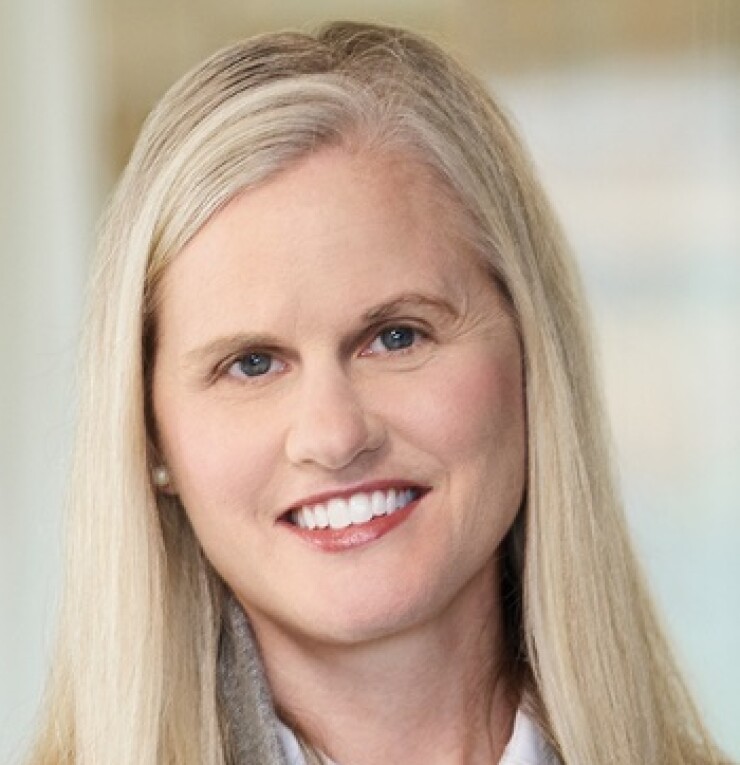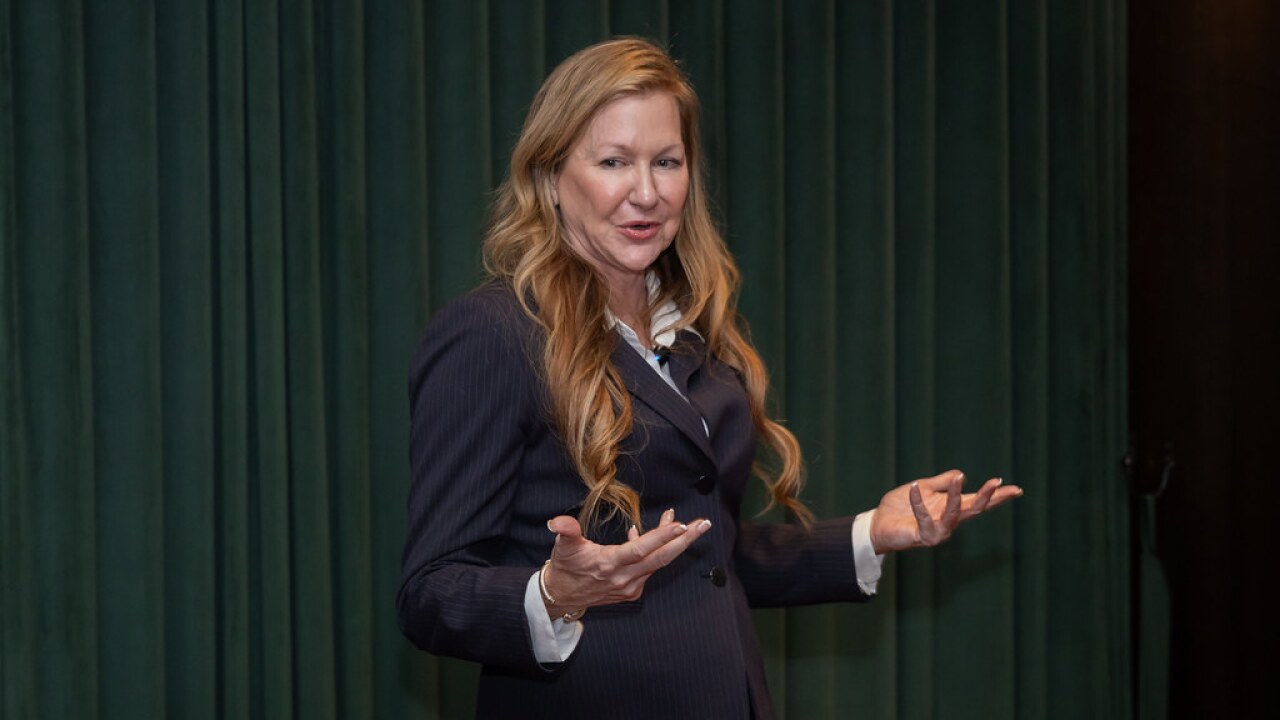Takeaways:
- Organized fraud rings target lower value claims
- AI can catch patterns in workers comp claims
- Insurers invariably will need third-party technical help
Editor's Note: This is part of a series that examines the use of AI in the claims space.
Insurers increasingly use AI to catch bad faith claims or claims fraud, according to carriers and service providers.
Aside from simpler fraud involving fake imagery depicting damage to a car or property for a claim, AI technology is being deployed to catch discrepancies in claims documents and even relationships between doctors and lawyers involved in workers compensation claims or in

"We have organized fraud rings [that] operate at scale. They are trying to identify loopholes to exploit within your business rules and business processes," said Kristyna Schusterova, product manager at Resistant AI, a fraud detection company. "They, for example, identify that you do not check claims below a certain value, and boom, they are ready to play big time."
Fraudsters using AI can make documents that look perfect, she added, while changing personal details, backgrounds and textures in a manner that is difficult for insurers' manual processes to catch. Template farms offer high-quality forged documents, according to Schusterova, who added that she had recently found fraudulent no-claims discounts and car insurance certificates that used the brand of a leading global insurer.
"There are hundreds of farms out there offering anything from invoices for luxury goods to medical reports, bank statements, and no claims discounts," she said. "The content may look valid, but when you look at structure, metadata and other technical aspects of those documents, it might tell you a completely different story."
Detecting fraudulent claims-related documents might only happen if an insurer already suspects foul play, according to Taskin Ismet, head of travel cost containment and fraud prevention officer at AXA. "We're seeing it with falsified medical expenses and travel booking forms," he said. "Before, it would have taken us a lot of time to hunt through and try to find discrepancies."

In workers comp claims, AI can detect abuse of insurers' claims systems in the form of patterns, like the same doctors and attorneys frequently involved in claims together, according to Heather Wilson, CEO of CLARA Analytics, a claims intelligence and management platform.
"Our models are detecting, whether it's at a treatment level or a medication level, that there is a relationship that's happening, maybe across physicians to lawyers or even to an adjuster," she said. "Our models in each of those dimensions could detect abuse, and provide a heat map to allow the adjusters to see that there's potential abuse. That can be sent on to investigators to detect and confirm that it really is fraudulent."
In one case, CLARA had an insurer whose adjusters found it easy and efficient to work with a certain medical practice, but CLARA's models for medication in workers comp cases caught an excessive amount of opioid prescriptions. The insurer was then able to stop working with that medical practice and save the cost of unnecessary prescriptions.
As the volume of documentation of claims proliferates, finding fraud can be like finding a needle in a constantly growing haystack, as Wilson described it.
AI can be a means to find suspicious items, according to Vit Stachovsky, AML officer at Kooperativa, a unit of Vienna Insurance Group. "The crucial part of the human in the loop, in this particular area, is to verify the results and to be there to criticize the results and think about the results we get from AI and our data," he said.
Either way, insurers will need third-party help to apply AI to catch fraud, according to Ismet of AXA. "Now and again, we catch up and hit that sweet spot of finding fraud where it exists, but it will only be a matter of time," he said. "A lot of the time we try to develop in-house tech, but there are certain things where you just have to look out to external experts who specialize in that and it's in their own interest to stay on top."






